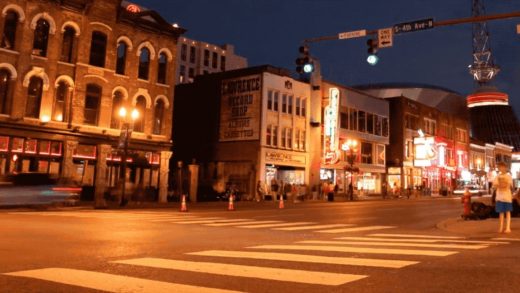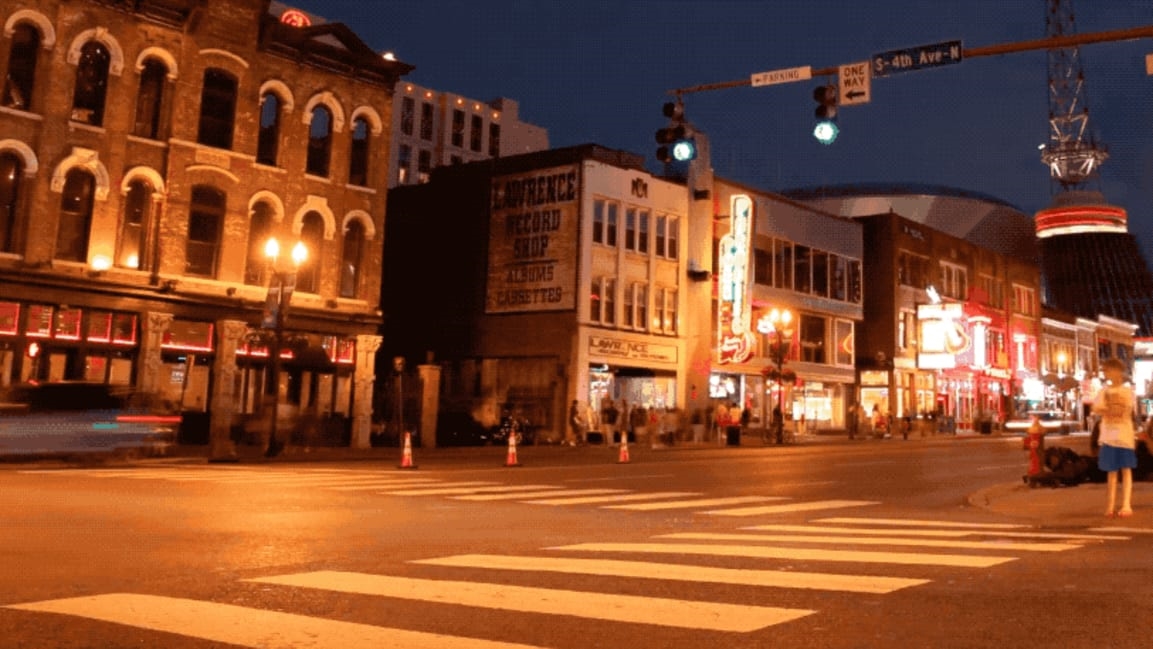Red-light traffic deaths keep rising. Is distracted driving to blame?
The rise of smartphones has led to easy, relentless connectivity, kids begging for Snapchat accounts, and Instagram influencers making real money. The rise of phones may also have helped drive up the number of people killed by drivers running through red lights. That tragic figured reached a 10-year high of 939 in 2017, the last full year numbers were available, according to a study by the AAA Foundation for Traffic Safety. The number marked a 28% increase over 2012 levels and capped off five straight years of rising fatalities in red-light collisions.
The study tracks anyone who was killed, including the driver, passengers, people in another vehicle, or people outside the vehicle. The drivers themselves are less likely to be killed by their own tragic mistake, the study found: Just over 35% of those killed were the drivers who ran the red light, while nearly half (46%) were passengers or people in other vehicles and more than 5% were pedestrians or cyclists.
The report did not lay out the reasons for the alarming spike, but when you consider that drivers are 10% more distracted now than they were in 2018, with an increase apparent in every single state and city analyzed, it seems pretty clear that device use could be playing a role. (An overall rise in miles driven since the 2008 financial downturn can’t account for the spike in deaths on its own, one researcher told NBC.) According to ZenDrive, which puts out a distracted driving survey each year, so-called “phone addicts,” who actively ignore the road 28% of the time they’re driving, are more of a public danger than drunk drivers.
Until self-driving vehicles become commonplace, the best way to prevent people from running red lights is also something that concerns privacy advocates: red-light cameras. A study from the Insurance Institute for Highway Safety (IIHS) and cited by the AAA Foundation researchers found that properly installed and well-publicized red-light cameras reduced the fatalities associated with running red lights by 21% in large cities and reduced the rate of all types of fatal crashes at “signalized intersections” by 14%.
So if you can’t stop using your phones while in cars, or you frequently make the extremely risky decision of blowing through a red light, get ready for more Big Brother-esque red-light cameras. We just might deserve them.
(37)



